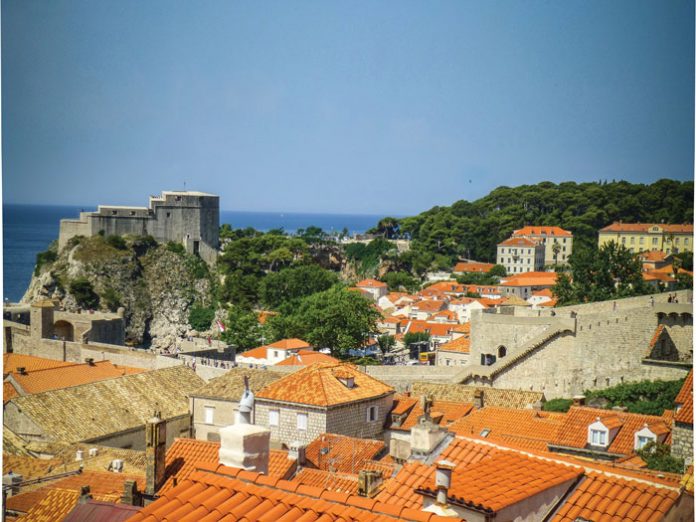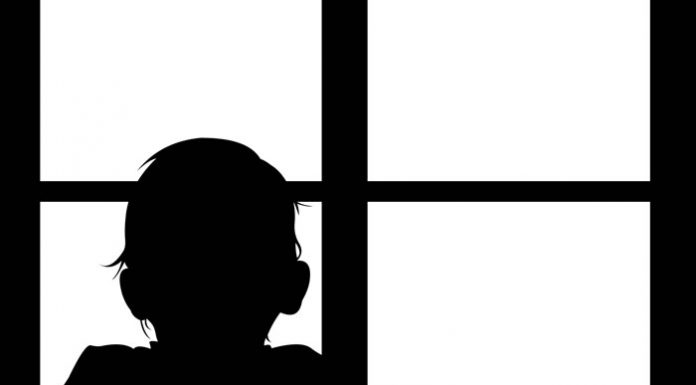‘‘It is good your luggage have wheels,” my taxi driver remarked as he loaded my suitcase into the trunk of his cab. “I can only drive to gate. After that you walk.” I understood what he meant. I had just arrived at the newly-built airport in Dubrovnik, Croatia, for the start of a ten-day trip to the region of southern Europe known as the Balkans. Dubrovnik, the first stop on a four-country trek, is a historic walled city accessed only via three impressive gates, and limited to pedestrians only. Cars, taxis and buses can only go as far as those gates to pick up or discharge passengers. After that, as the driver said, “you walk”!
True to his word, I was dropped off at the Ploce Gate, and I wheeled myself across a drawbridge, through a massive fortress, finally entering the city itself. I was not alone; I was surrounded by visitors from all over the world snapping selfies—and wheeling suitcases. Not that wheels are a panacea. The streets are unevenly paved with stones of various sizes. There are stairs—lots of stairs—to deal with. And there are those swarms of fellow travelers to negotiate. Using a map the owner had emailed me, I found the old stone house (up two staircases and through an arched tunnel) that I had reserved for the next five days. I unpacked, took a power nap, and set out to explore the “Pearl of the Adriatic.”
* * *
For much of the 20th century, there was a large country in southern Europe called Yugoslavia. It was an amalgam cobbled together from former republics and provinces of the Austro-Hungarian Empire that were combined, first as a result of World War I, and then reconfigured with additional territories and adjustments after World War II. Serbia was the largest and strongest constituent member. The Yugoslav capital was Belgrade.
Josip Broz Tito, who led the Yugoslav partisans against the Nazis during WWII, controlled the new socialist country after the war until his death in 1980. He succeeded in keeping the array of ethnic, religious and national groups at peace. But after his death, the artificial unity of Yugoslavia began to unravel, and one country after another declared independence, starting with Slovenia. That actually went well and there was no violence. But once Croatia (1991) and then Bosnia (1992) started to show signs of breaking away…that did not go over well with Serbia. Numerous wars broke out among and between the former republics and between ethnic and religious groups within them. These wars were brutal and deadly. Towns were emptied through ethnic cleansing, populations were relocated, and for the first time since the 1940s, concentration camps were built on European soil, where people were starved and killed as the world watched in horror. After peace was finally brokered in 1995, the former Yugoslavia devolved into what would become seven independent countries.





















